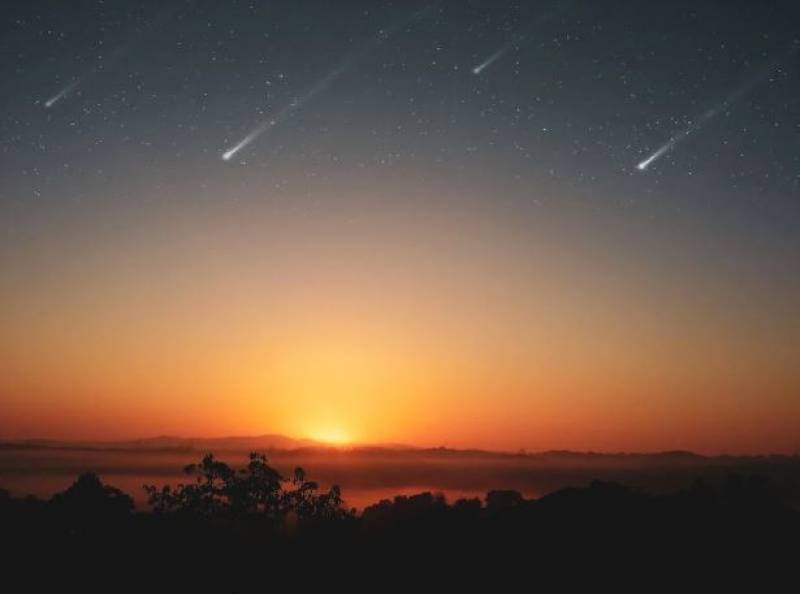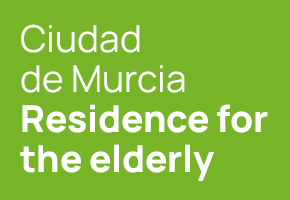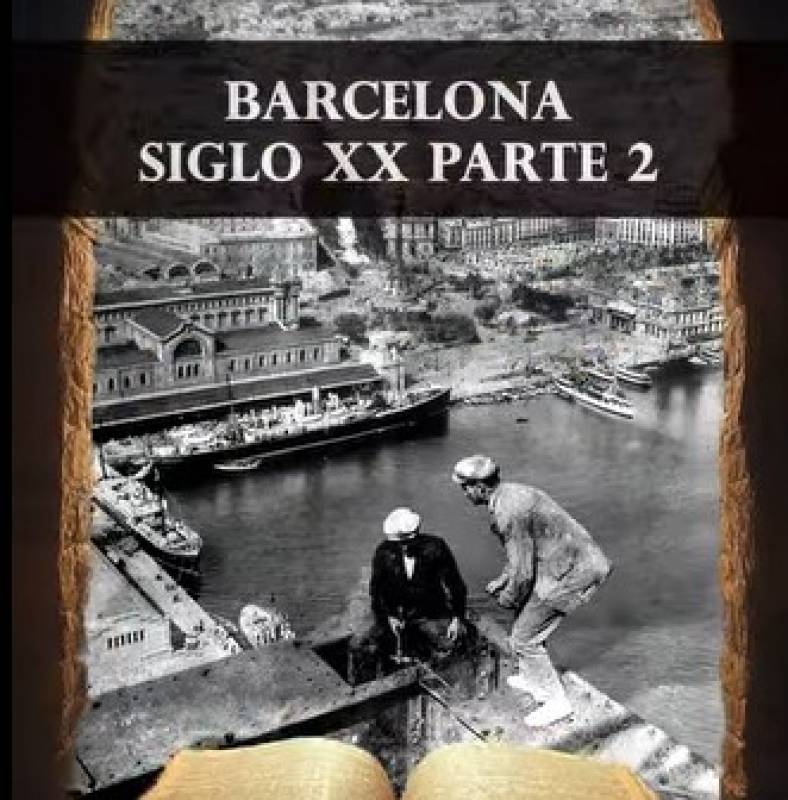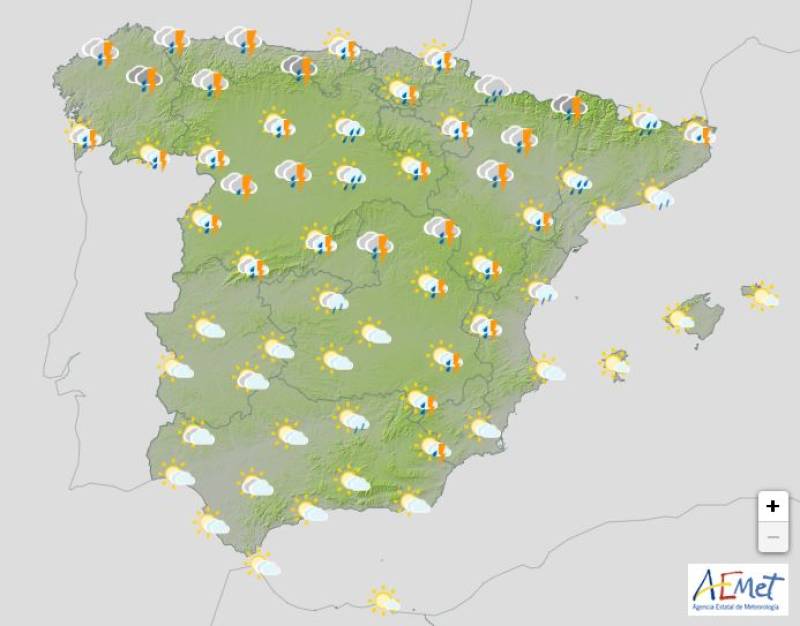

- EDITIONS:
 Spanish News Today
Spanish News Today
 Murcia Today
Murcia Today
 Alicante Today
Alicante Today
Date Published: 14/04/2025
Lyrid meteor shower lights up the Spanish skies this April
The Lyrids return to Spain to dazzle the night with shooting stars

From April 16 to 25, the Lyrid meteor shower returns — one of the oldest known meteor showers, offering fast, bright streaks of light that cut across the spring sky. While not the most intense shower of the year, the Lyrids are a reliable and well-loved event for skywatchers.
The shower reaches its peak in the early hours of Tuesday April 22, with the best time to observe likely being the night of April 21 into the morning of the 22nd. The Moon will be in its last quarter and won’t rise until around 5am, meaning the sky will stay dark enough for good visibility during the first half of the night.
Under ideal conditions, observers can expect to see between 15 and 20 meteors per hour. While these numbers are fairly low compared to other displays, the Lyrids occasionally surprise with unexpected bursts of activity.
Thatcher's Comet and its legacy in the form of shooting stars
The source of the Lyrids is Comet Thatcher, a comet that passes through the solar system roughly every 415 years. As the Earth moves through the trail of dust and particles left behind by this comet, the fragments burn up in the atmosphere, creating the shooting stars we see from the ground.
These meteors travel at speeds close to 50 kilometres per second and sometimes leave bright trails that linger for several seconds. In rare cases, they appear as fireballs — meteors so bright they can briefly light up a large part of the sky.
It's not a new sight. In fact, the first historical records of the Lyrids date back to 687 BC, when Chinese chroniclers recorded their appearance in the Zuo Zhuan. Since then, they have been celebrated for more than 26 centuries as a sign of change, transition, and in many cultures, renewal.
When and how to see the Lyrids at their brightest
Although the meteors appear to originate from the constellation Lyra, near the bright star Vega, they can be seen in any part of the sky.
For the best view, it’s recommended to find a dark location, away from artificial lights, and allow your eyes to adjust to the darkness. Looking up with the naked eye is better than using binoculars or telescopes, as a wide field of view is essential. A quiet, open space such as the countryside, a beach or a rooftop can be ideal.
Although the shower remains active for over a week, peak activity is expected on at 3.30pm (CEST) on April 22. Because it occurs in the middle of the evening, the best time for observation will be during the previous night (April 21-22) and the early hours of the following morning.
Sant Jordi rain: the phenomenon that coincides with the Catalan holiday
This year, the Lyrids once again coincide with the feast of Sant Jordi on April 23, which is why they are also known in Catalonia as the ‘Sant Jordi shower’. The spring sky, adorned with fleeting meteors, adds a symbolic dimension to the celebration.
In addition, there will have been a full moon on the night of April 13, which means that the lunar light will gradually fade to allow for clearer observations on key dates.
While the Lyrids may not be as famous as the Perseids or Geminids, their fast-moving meteors, occasional surprises and rich legacy make them a worthwhile event on the astronomical calendar.
With some patience, a clear night and a good spot away from city lights, you’ll be well-placed to enjoy this year’s show.
Image: Pexels
staff.inc.and
Loading
Sign up for the Spanish News Today Editors Roundup Weekly Bulletin and get an email with all the week’s news straight to your inbox
Special offer: Subscribe now for 25% off (36.95 euros for 48 Bulletins)
OR
you can sign up to our FREE weekly roundup!
Read some of our recent bulletins:
Discount Special Offer subscription:
36.95€ for 48 Editor’s Weekly News Roundup bulletins!
Please CLICK THE BUTTON to subscribe.
(List price 3 months 12 Bulletins)
Read more stories from around Spain:
Contact Murcia Today: Editorial 000 000 000 /
Office 000 000 000




























